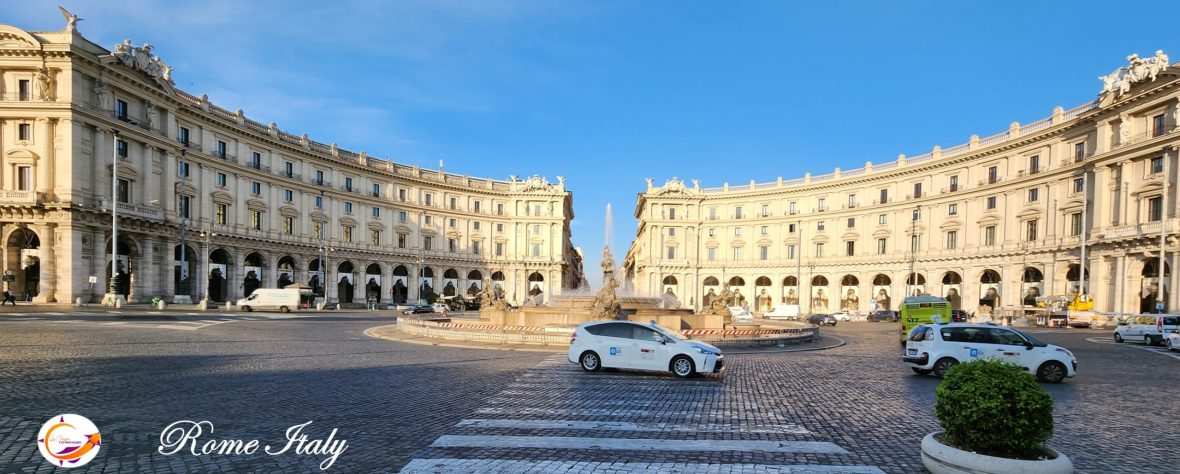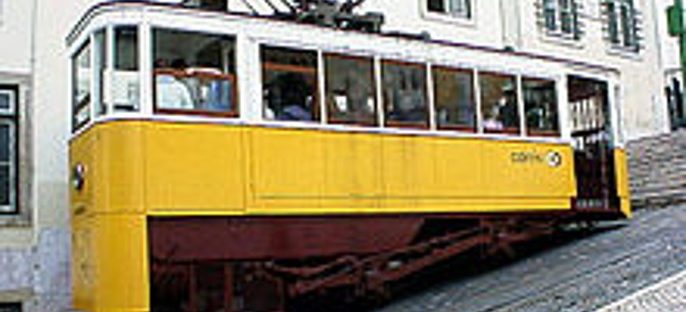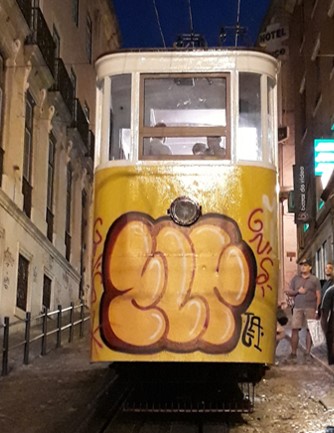 The historical center of Lisbon has a very interesting and sometimes challenging topography. There are seven hills, with one of them in the center, with a gentle slope towards the Tagus River. If we imagine it in an aerial view, that central strip is the flattest, as if it were a river that makes its way among the other hills. It is the Baixa neighborhood and although the hills that surround it are very steep, it did not stop the urban expansion on the slopes.
The historical center of Lisbon has a very interesting and sometimes challenging topography. There are seven hills, with one of them in the center, with a gentle slope towards the Tagus River. If we imagine it in an aerial view, that central strip is the flattest, as if it were a river that makes its way among the other hills. It is the Baixa neighborhood and although the hills that surround it are very steep, it did not stop the urban expansion on the slopes.
To address the need to facilitate movement between the flat area and the higher neighborhoods, a system of elevators was developed, all designed by “Raoul Mesnier de Ponsard”. With the exception of the “Santa Justa” Elevator, which is a vertical elevator, the elevators Larva, Bica and Gloria are foniculares or trolleys, being the first to be implemented.
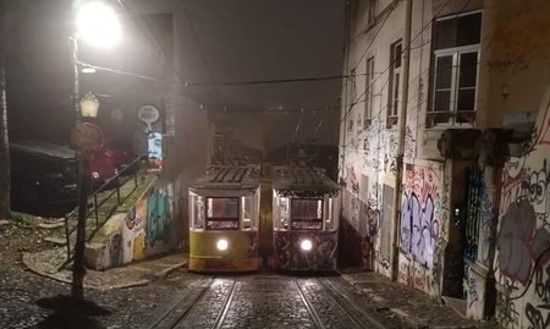
Perhaps the most known and interesting of the three trolleys is the “Elevador da Glória”. It covers a 265-meter stretch joining the “Restauradores” Square with “San Pedro de Alcántara” Street in the “Barrio Alto”. It was inaugurated on October 24, 1885.

Originally a zipper-style traction system was used, using the water counterweight system, much like the system still used in the “Bom Jesus do Monte” in Braga. The “Elevador da Glória” went through the use of steam and in 1915 began to use electricity. The design of the wagon maintains a totally horizontal plane, which when compared to the inclination of the rise, one end is higher than the other; forming an angle of approximately 45 °.
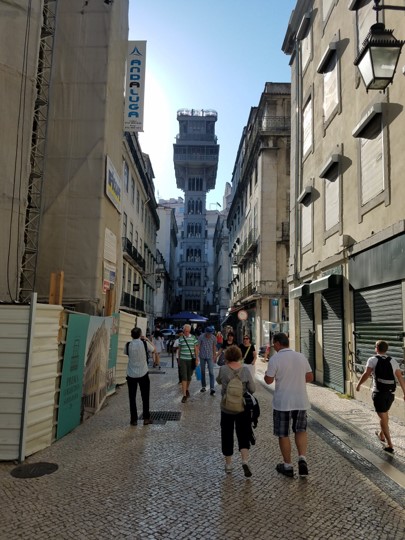
In our visit to Lisbon, we went up to the Barrio Alto by the “Santa Justa” Elevator, then we went up the slope through the “Misericoria” and “San Pedro” streets until we reached the Mirador de Alcántara.
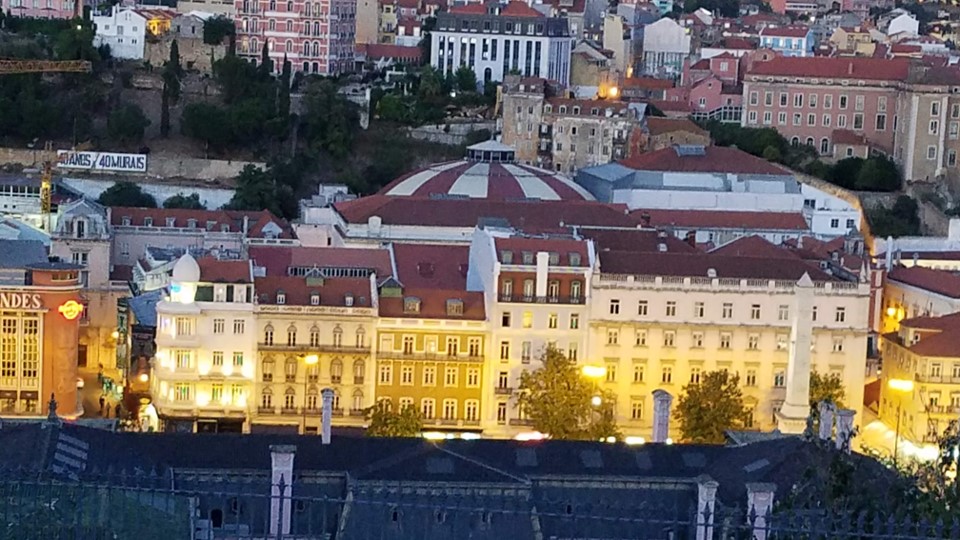
We return using the “Elevador de la Gloria” on its way through the “Calcada de la Gloria” from where its name is derived.
